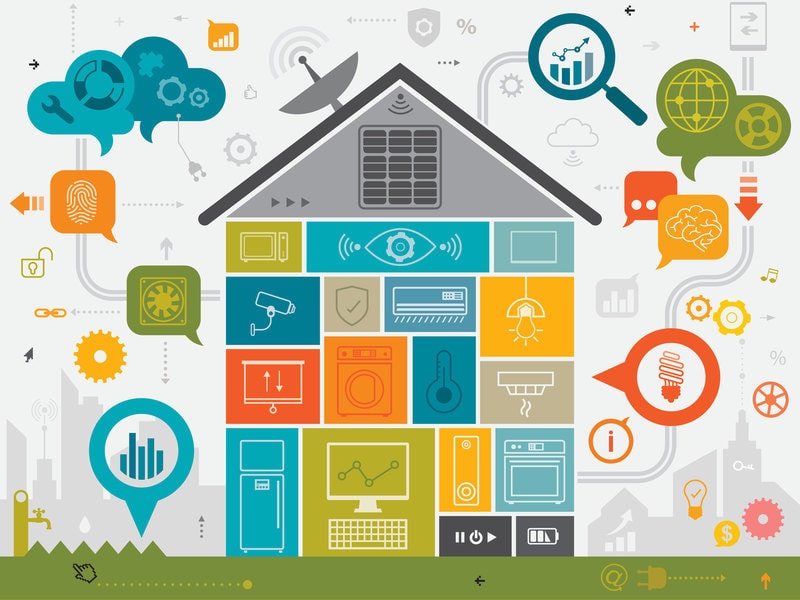
Millions of people live and work in rural communities, but telecommunication companies focus on cities, leaving a technological gap.
Although millions live and work in rural communities, telecommunications companies focus their efforts on cities, with their compact populations and on-site infrastructure that is easier to connect and upgrade. This has created a technology gap for a large swath of the country.
The technology gap in Rural America is mainly in four areas:
- Unreliable and slow internet service
- Unreliable cell phone service
- Cost of technology services [19659007] Lack of skilled labour
The Broadband Theme
The issue of improving rural broadband is dominating political campaigns, because leaders finally recognize that they cannot attract new business or slow down declining populations if citizens do not have fast Internet connection. Some 19 million Americans do not have access to broadband Internet.
The infrastructure is often overloaded during off-peak hours, but it gets worse after school lets out and kids log on to their home connections to play games or watch movies. You can’t share an account with them, but you do share infrastructure.
However, not all rural communities have access to broadband. According to Government Technology “The Federal Communications Commission’s reference speed” for considering a community served by broadband requires minimum download speeds of 25 Mbps and upload speeds of 3 Mbps. …[F] or the nation, the average is 42.5 Mbps, according to data compiled by Rick Neese of Broadband Now.
These restrictions end up dictating where rural business owners can set up shop or whether they can attempt to do business on a more global scale.
“This means that if you had a digital business or worked for one like me, every day is a struggle just to do your job,” said Smithmyer, who now works with Brāv Online Conflict Management.
It also means that it is difficult to expand your technology services, both at home and to customers, if they rely on the Internet connection. Internet devices for things like security systems will not work efficiently enough to be worthwhile.
There are many funding options to help communities get connected. For example, the FCC offers grants to companies willing to help rural communities get connected, called Connect America Fund . The Department of Agriculture offers Community Connect grants.
In addition, some communities are taking on the task of combining various solutions that combine broadband and fiber optic cable. One community in rural Appalachia is even using unused TV channels as Wi-Fi extenders to send Internet access.

No Cellular Service
Beyond a fast Internet connection, many rural businesses face problems getting a fast and reliable cell phone connectivity There are still cities and rural towns in the U.S.
Without adequate broadband infrastructure and even rural areas that lack a cellular signal at all, explained Greg Najjar, director of business development at Advanced RF Technologies Inc. a company that provides in-building wireless connectivity solutions.
“This puts rural businesses at a disadvantage compared to metropolitan businesses with general connectivity and high-speed Internet,” he said. “Nearly 80 percent of phone calls are made inside buildings, often in offices, as landlines are becoming less common.
Many rural communities are cell phone dead zones. Sometimes those dead zones are the same all the time, and other times it depends, literally, on the weather. Large wireless operators tend to have more reliable service, but they are usually more expensive and even lose service in some areas.
If your job takes you traveling through rural communities and you don’t have reliable data and cell service, you will often be out of contact for long periods of time.
Cell phone amplifiers installed in homes, cars, and businesses can help in some cases. They may require an external and internal antenna, and can boost your signal to the FCC’s 3-watt limit. The improvement in your 3G and 4G signal can be up to 32 times. There are also satellite Internet providers.
Cost of technology services
Technology costs for rural small businesses are the same as for urban small businesses, but less service is being obtained. The infrastructure for high-speed connections depends on the telephone lines that have been in service, since shared lines were the norm.
Upgrades to fiber-optic networks cost tens of thousands of dollars, if you can get it. It also limits your options, while an urban business owner may look for cheaper technologies. You take the cellular service that offers the best coverage at a higher cost. Your broadband offerings are a business, take it or leave it.

